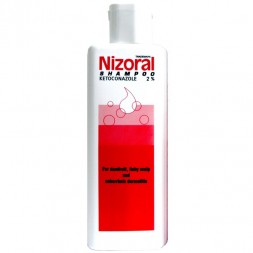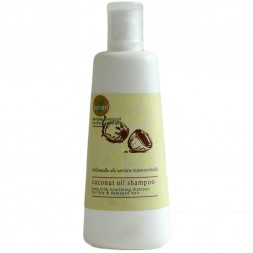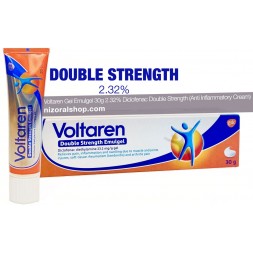
Seborrheic dermatitis is a chronic skin condition that often affects areas with a high density of sebaceous (oil) glands. While it's commonly associated with the scalp, it can also appear in other areas, including the face and beard. This article delves into the causes, symptoms, and treatments for seborrheic dermatitis in the beard area, with a special focus on the benefits of using Nizoral Cream.
Causes of Seborrheic Dermatitis in Beards
- Excess Sebum Production: The overproduction of sebum can create an ideal environment for the growth of Malassezia yeast, which is associated with seborrheic dermatitis.
- Fungal Overgrowth: Malassezia yeast thrives in oily areas and can trigger an inflammatory response leading to seborrheic dermatitis.
- Environmental Factors: Cold, dry weather and stress can exacerbate the condition.
- Genetic Predisposition: A family history of seborrheic dermatitis increases the likelihood of developing the condition.
- Hormonal Changes: Hormonal fluctuations can influence sebum production, contributing to the condition.
Symptoms of Seborrheic Dermatitis in Beards
- Redness and Inflammation: Affected areas often appear red and inflamed.
- Flaky Skin: White or yellowish scales may develop, leading to flakiness.
- Itching and Discomfort: Persistent itching can cause significant discomfort and may lead to scratching, worsening the condition.
- Oily Patches: The skin may appear greasy due to excess sebum production.
- Crusting and Oozing: In severe cases, the affected skin may ooze and form crusts.
Effects of Seborrheic Dermatitis on Beards
Seborrheic dermatitis can impact both the appearance and health of your beard. The condition can lead to:
- Hair Loss: Persistent inflammation and scratching can damage hair follicles, leading to beard hair loss.
- Infection: Open sores from scratching can become infected with bacteria, further complicating the condition.
- Psychological Impact: Visible symptoms can affect self-esteem and confidence, leading to social discomfort.
Treatment for Seborrheic Dermatitis in Beards
Treating seborrheic dermatitis in the beard area requires a combination of good hygiene practices and targeted treatments. Nizoral Cream, containing 2% ketoconazole, is highly effective in managing the condition.
Nizoral Cream (Ketoconazole 2%)
- Antifungal Action: Ketoconazole targets the Malassezia yeast, reducing its growth and relieving symptoms.
- Anti-inflammatory Properties: Helps reduce redness and inflammation.
- Application: Cleanse the affected area and apply Nizoral Cream twice daily. Massage gently into the skin and beard.
Additional Treatments
- Medicated Shampoos: Using ketoconazole-based shampoos can help manage the condition, especially if it extends to the scalp.
- Moisturizers: Non-comedogenic moisturizers can help alleviate dryness and flakiness.
- Lifestyle Adjustments: Managing stress and avoiding harsh weather can help control flare-ups.
How to Use Nizoral Cream for Optimal Results
- Cleanse: Wash your beard and face with a gentle cleanser.
- Dry: Pat dry with a clean towel.
- Apply: Use a pea-sized amount of Nizoral Cream. Gently massage it into the affected areas.
- Routine: Apply twice daily, once in the morning and once at night.
Conclusion
Seborrheic dermatitis in the beard area can be effectively managed with the right treatment regimen. Nizoral Cream, with its potent antifungal and anti-inflammatory properties, offers a targeted solution for alleviating symptoms and improving skin health. By incorporating this treatment into your daily routine, you can enjoy a healthier, itch-free beard.
For more information and to purchase Nizoral Cream, visit Nizoral Cream 15g.





